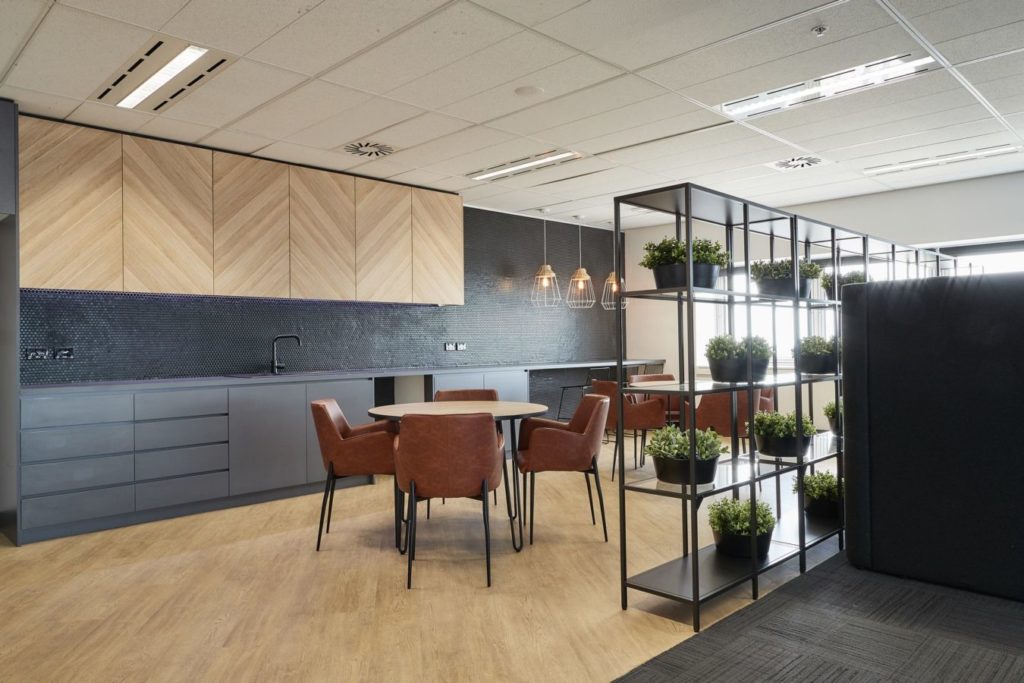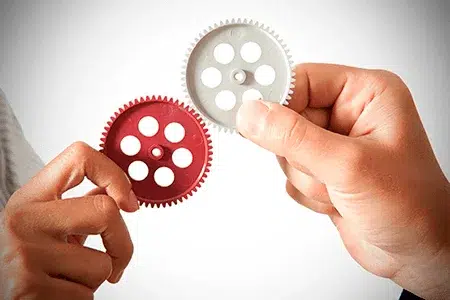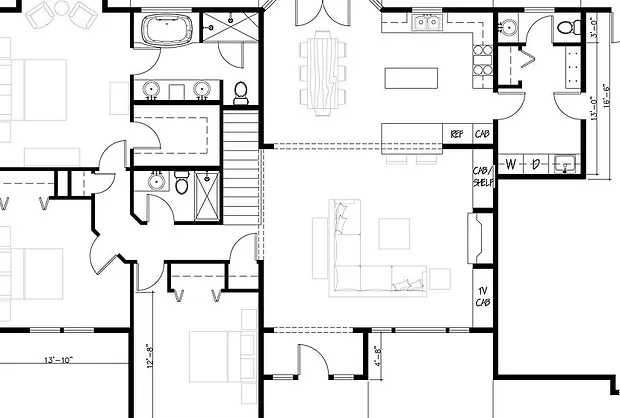
Image Source: Google
Building a luxury home is a dream for many, and choosing the right luxury home builder is crucial to turning that dream into a reality. The quality of the builder you select will directly impact the design, craftsmanship, and overall experience of building your dream home. With so many options available, it can be overwhelming to find the perfect fit for your project. This guide aims to provide you with essential tips and factors to consider when selecting luxury home builders for your dream home.
1. Determine Your Needs and Preferences
Key Factors to Consider:
- Establish a clear vision of your dream home, including its style, size, and features.
- Consider your budget and timeline for the project.
- Identify any specific requirements or special considerations you may have.
2. Research Potential Builders
What to Look For:
- Check their portfolio and previous work to assess the quality and style of their projects.
- Read reviews and testimonials from past clients to gauge their reputation and customer satisfaction.
- Ensure they have the necessary licenses, certifications, and insurance to operate in your area.
3. Schedule Consultations
Tips for the Meetings:
- Prepare a list of questions to ask the builders about their experience, process, and services.
- Discuss your vision and requirements to see if they can align with your expectations.
- Request a detailed estimate and timeline for your project.
4. Evaluate Their Communication and Transparency
Signs of Good Communication:
- They are responsive and prompt in their communication with you.
- They are transparent about their process, pricing, and any potential challenges.
- They listen to your input and provide clear explanations throughout the project.
5. Consider Their Experience and Expertise
Factors to Assess:
- How long have they been in the luxury home building industry?
- Do they have experience with projects similar to yours in size and scope?
- What unique skills or specialties do they bring to the table?
6. Review Contracts and Warranties
Important Details to Check:
- Review the contract thoroughly to understand the terms, payment schedule, and responsibilities of both parties.
- Ensure there is a clear warranty in place to cover any potential defects or issues after the project is completed.
- Clarify any doubts or concerns before signing the contract to avoid misunderstandings later on.
7. Visit Their Current Job Sites
Things to Look Out For:
- Assess the cleanliness, organization, and safety of the work site.
- Observe the quality of materials and craftsmanship being used in the construction.
- Speak with the on-site team to get a sense of their professionalism and work ethic.
8. Get Referrals and Recommendations
How to Gather Feedback:
- Ask the builder for references from previous clients and follow up with them to get firsthand feedback.
- Seek recommendations from friends, family, or real estate professionals who have experience with luxury home builders.
- Check online platforms and forums for reviews and ratings of the builders you are considering.
Conclusion
Choosing the right luxury home builder for your dream home is a significant decision that requires careful consideration and research. By following the steps outlined in this guide, you can ensure that you select a builder who understands your vision, delivers high-quality craftsmanship, and provides a seamless building experience. Remember to trust your instincts and take the time to find a builder who aligns with your goals and values. With the right builder by your side, you can create the luxury home of your dreams that will stand the test of time.








